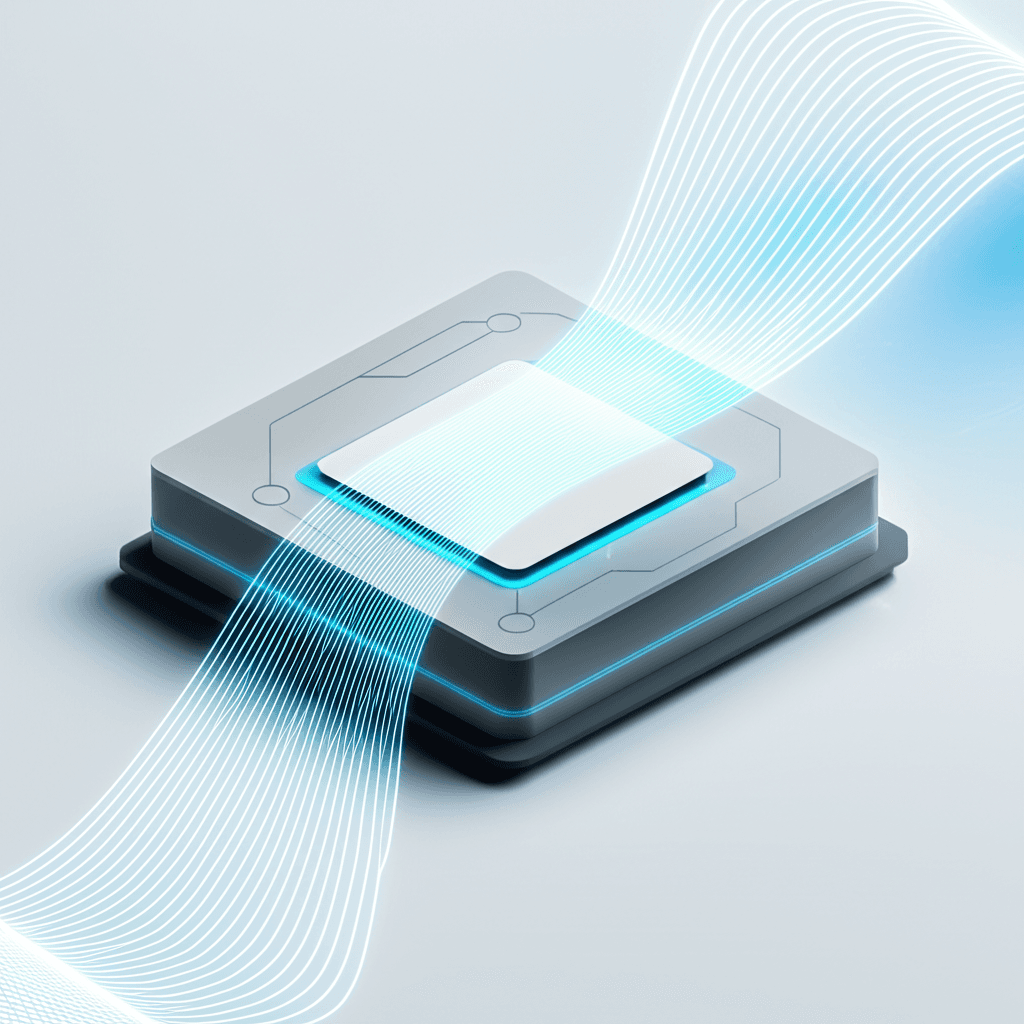Figma's Collaborative Strength Defies AI Wave, Solidifies Design Leadership
Why AI isn't replacing Figma: The collaborative design powerhouse strengthens its grip by embracing intelligent assistance.
July 1, 2025

In an industry captivated by the rapid advancements of artificial intelligence, the UI/UX design landscape is witnessing a fascinating paradox. Despite the emergence of sophisticated AI-driven design and "vibe coding" tools, the established platform Figma continues to solidify its market dominance. A recent survey underscores this reality, revealing an impressive 87% adoption rate for Figma among design teams.[1] This steadfast loyalty is not born from a resistance to innovation, but rather a deep appreciation for Figma's core functionalities that have become integral to modern product development: real-time collaboration, robust component libraries, and an expansive plugin ecosystem.[1] The data suggests that for the vast majority of designers and organizations, the proven efficiency and collaborative power of Figma currently outweigh the allure of AI-native, prompt-based creation tools.
Figma's ascent to the top of the design tool hierarchy has been remarkable. From a modest 7% user share in 2017, it has surged to command a staggering 90% by 2023, leaving competitors like Sketch and Adobe XD far behind.[2] This growth is mirrored in its financial success, with revenues climbing from $4 million in 2018 to a reported $700 million by June 2024.[2][3] With a user base exceeding 4 million, including tech giants like Microsoft, X (formerly Twitter), and Slack, Figma's position as the industry standard is undeniable.[2][4] The platform's success is largely attributed to its web-based, collaborative-first approach, which revolutionized how design teams work together, particularly in an era of increasing remote and hybrid work.[5][6][7] Its features facilitate a seamless workflow, from initial wireframing and prototyping to developer handoff, all within a single, unified environment.[5][7] This integration has made it an indispensable part of the product development lifecycle for companies of all sizes.[8]
The latest challenge to Figma's reign comes from a new breed of AI-powered tools and methodologies, including the concept of "vibe coding." This approach emphasizes a more intuitive, conversational style of creation where developers and designers use natural language prompts to generate code and user interfaces.[9] Tools like Creatie, Uizard, and Motiff are entering the market, offering AI-driven features such as style guide extraction, 3D icon creation, and turning simple text prompts into sophisticated wireframes.[10][11][12] These platforms promise to accelerate the design process, particularly in the early stages of ideation and prototyping.[13][9] Vibe coding, specifically, lowers the barrier to entry, allowing individuals with minimal coding knowledge to build functional mock-ups and test ideas rapidly.[13][9] Proponents argue that this shift allows designers to focus more on high-level strategy and user needs, leaving repetitive tasks to the AI.[14][15]
Despite the innovative appeal of these new tools, they have yet to significantly displace Figma. A key reason is that many designers still value the control, consistency, and collaborative "big picture" view that Figma provides.[16] While AI can generate impressive initial designs, the process of refining, iterating, and maintaining a consistent design system across a complex product often requires the granular control and multiplayer environment that Figma excels at.[16][17] Furthermore, many of the emerging AI tools are still in their early stages, sometimes lacking the polish and comprehensive feature sets of the mature Figma platform.[18] Designers have voiced concerns that prompt-based generation can sometimes lead to generic or derivative results, whereas professional design requires deep research into user journeys and specific design cues.[19] The collaborative features that are native to Figma, such as commenting and real-time co-editing, are deeply embedded in the workflows of large, cross-functional teams and are not easily replicated by current AI-centric tools.[16]
In response to the growing AI trend, Figma is not standing still. The company has been actively integrating AI into its own platform, aiming to enhance rather than replace the designer's workflow.[20][21] Features like "First Draft" (formerly "Make Design") aim to help designers overcome initial creative blocks by generating starting points for interfaces.[11] Other AI-powered plugins and native features assist with tasks like content generation, image creation, and even conducting design reviews, streamlining repetitive aspects of the design process.[21][17][12] By embedding AI within its existing, widely adopted ecosystem, Figma is making a strategic bet that designers prefer intelligent assistance within their familiar environment over switching to entirely new, AI-first platforms. This approach allows users to leverage the power of AI for efficiency gains without sacrificing the control and collaborative strengths that made them choose Figma in the first place.[17][12]
In conclusion, the UI/UX design tool market is at a pivotal moment, with the established, collaboration-centric model of Figma confronting the disruptive potential of AI-native creation tools. While the promise of "vibe coding" and prompt-based design is compelling, generating rapid prototypes and lowering technical barriers, Figma's deep-rooted strengths in real-time collaboration, design system management, and workflow integration have secured its position as the tool of choice for the overwhelming majority of professionals.[1] The high adoption rates and user loyalty reflect a preference for a tool that supports the complexities of team-based product development from start to finish.[22] As Figma continues to weave AI into its own fabric, the future landscape will likely be defined not by a complete replacement of established tools, but by a synthesis of human creativity and artificial intelligence, with designers leveraging AI as a powerful assistant within the collaborative frameworks they already know and trust.[14][11]
Sources
[3]
[4]
[5]
[6]
[7]
[8]
[9]
[10]
[11]
[12]
[13]
[14]
[15]
[16]
[17]
[18]
[19]
[20]
[21]
[22]